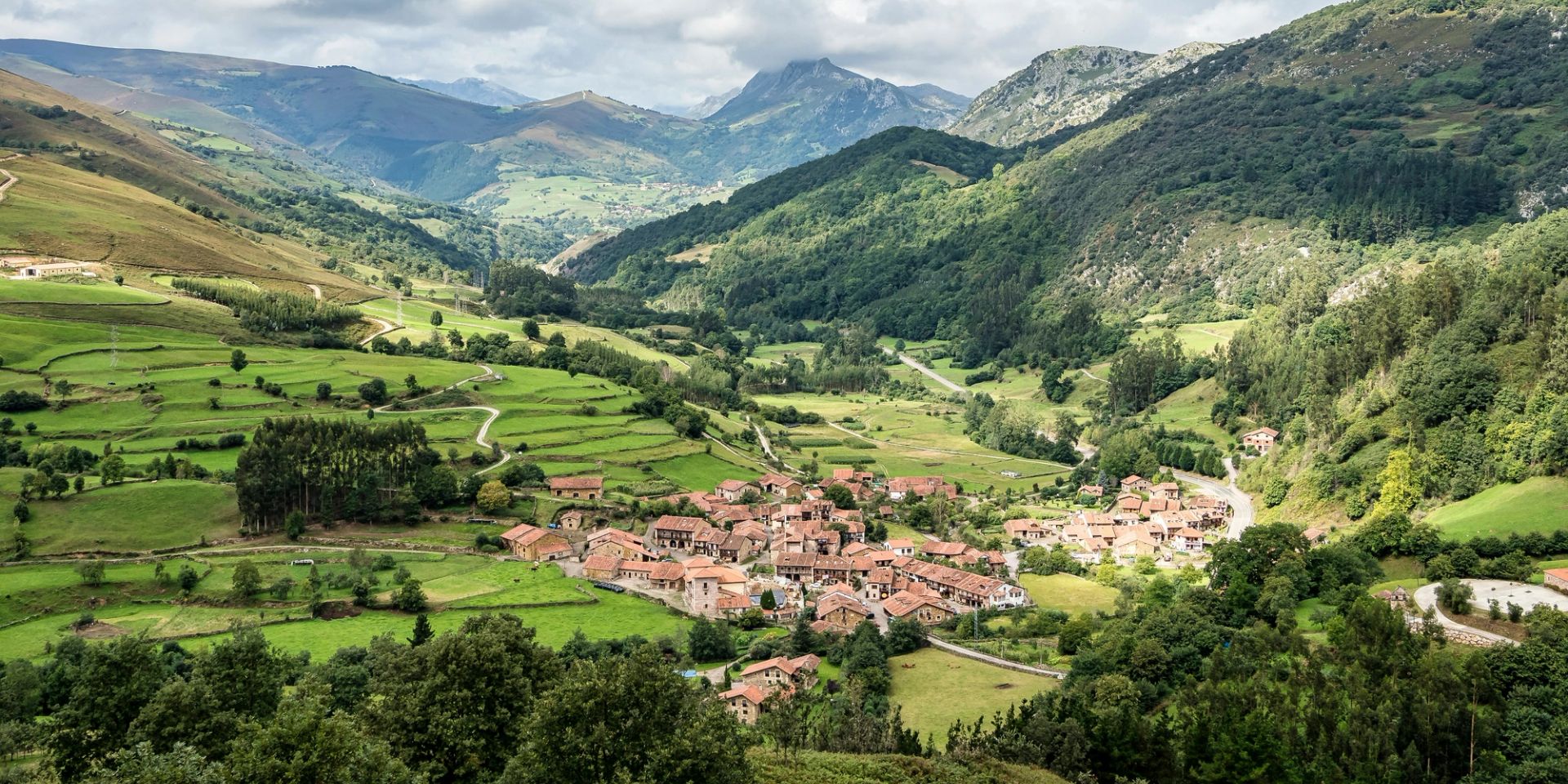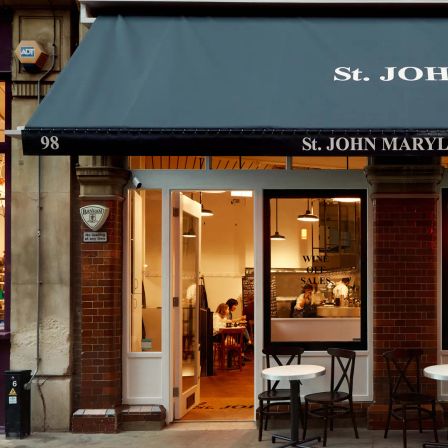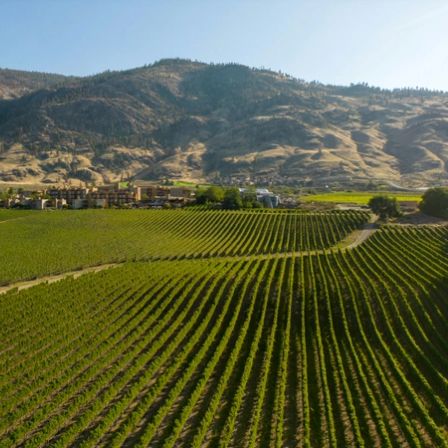- Places
The House of Decant Guide to: The Loire Valley
From Muscadet to Sancerre, discover why France’s most overlooked wine region is finally commanding attention.
- Words By Lisse Garnett

Anyone who has an obsessive interest in wine is most likely hardened to the liquid hyperbole that often accompanies it. So I shall try to impart my strong belief in the Loire with a measured tone. The Loire has a captivating history which encompasses Romans, saints, traders, mavericks, punks and purists. Today it is a hotbed of up-and-coming free-thinking dynamic new talent. And by new I don’t necessarily mean young. The region has always attracted radicals and those fired up-by second chances. Nicolas Joly, Joan of Arc, Didier Dagueneau and Catherine de Medici are but four.
Perhaps it’s not surprising that the region should be ripe for reinvention. The Loire is long-established but less fashionable, with relatively affordable marginal climates and insane terroir. It’s a potent mixture. The climate sometimes struggles to ripen grapes, and so wines show acidity and freshness as a result. With climate change, the reds have become denser, while modern vineyard management has driven grapes in a riper direction, too. Think of the best Cabernet Franc from Chinon, Saumur-Champigny and Bourgueil — all famously age-worthy. Meanwhile, sublime sweet wines made from Chenin Blanc such as Vouvray can be found in the Middle Loire. These remain the 50-plus age-group's favourite birthday wines, because they last forever and are still affordable. Saumur also offers excellent sparkling, as evidenced by Taittinger and Bollinger’s presence there.
Muscadet, a wine that has historically been seen as an anodyne punchline, has, in the right producer’s hands, become a thrilling alternative to Chablis. Located in the north of the region and spattered by Atlantic sea spray, it remains the perfect accompaniment to oysters.
Sauvignon Blanc, grown on complex soils from neighbours Sancerre and Pouilly-Fumé, is the Loire’s poshest export.
It can be searingly acidic and green. The climate is marginal and frost is often devastating — sometimes even leading to the loss of an entire vintage. A drive toward lower yields, sustainable agriculture, and organic viticulture has led to more site-specific complex bottlings. When I worked at well-heeled events in my youth, Sancerre was ubiquitous. It still features on almost every London list. Ageing in concrete, oak, and even acacia wood drives further interest.
Natural pioneers have been settling in the Loire for some decades, perhaps inspired by the minuscule seven-hectare appellation La Coulée de Serrant, which has been famously biodynamic since 1982. Planted in the 12th century by Cistercian monks, Coulée de Serrant is a well-regarded, single-vineyard appellation on schist and quartz in the commune of Savennières. Nicolas Joly inherited the property in 1977 and farmed with pesticides before he experienced a moment of Steiner-scented anagnorisis and went full bio. Wine from Savennières can be delicately saline and mineralic. Some will develop complexity with age.
Savennières may have an ancient wine pedigree, but few understand the influence the railway, new money and Parisian women-turned-farmers had in its success.
The Paris to Nantes line, opened in 1850, inspired bourgeois city bankers to build beautiful villas and develop hobby wine farms dedicated to quality in the region. Wives managed the vines whilst their husbands brought back the bacon from Paris. These women were pioneers and their descendants still remain (though phylloxera put pay to the practice.)
Gregory is an unlikely name for a hero today, but back in the VI century it had cred. Gregory of Tours (538-594 AD) is our fine wine guide to the ancient Loire. A high-born Gallo-Roman Christian nobleman (plus Bishop, plus wine fiend) Gregory lived on the trading route between Spain and Aquitania, where the Frankish influence met the Roman world. Tours was also the epicentre of Christian conversion. Wino Gregory observed both rural farming, high-church intellect and aristocratic privilege. So he was uniquely placed to inform our historical perspective on the Loire and its wines. He writes of vines in Sancerre, Anjou and Touraine, planted in the 5th century. Vines in Pays Nantais predate this, and were planted by the Romans and referenced by Pliny the Elder. By the time Christianity took hold in the 3rd century, with its demand for sacramental wine, there were already vines all along the riverbanks of the Loire. Augustine and Benedictine monks continued the good work, as evidenced by many walled clos today.
In the 17th century, the Dutch started trading in Nantes, exporting local wine to Dutch customers. This led to a sweet wine boom in Anjou. The revocation of the Edict of Nantes banished Protestants from France, putting pay to this trade. Many exiled Huguenots left for South Africa, where they developed the planting of Chenin Blanc there.
Despite this great and storied history, the Loire remains a surprising enigma to boozy Brits. Today, its wines are predominantly consumed by the French. Aside from Muscadet, and English upper-middle-class favourites Sancerre and Pouilly Fumé, most of us know bugger-all about the place and its vinous produce. To be fair, it’s not easy to master a region so huge. It’s named after the longest river in France, which rises from the mountain waters of the Cevennes in the Ardeche and opens onto the Atlantic in the Bay of Biscay 625 miles later. The Loire is as varied as it is long.
As such, a generalised description of Loire wine would be a ludicrous undertaking, but it is possible to focus on key styles and grapes over regions which are too diverse to cover here. I’ll highlight some of the more beautifully sublime offerings — though there are very many to choose from, so we’ll need insider help.
Claire Thevenot has a newly launched boutique direct-to-consumer range of wines she sells online, each with biodiversity at its heart. Claire is an able guide and my insider choice. She is a huge champion of the Loire and offers a magnificent selection. She is also a Master Sommelier, a rare and near-impossible qualification to gain, especially with young children in tow.
Like most of the exceptional sommeliers in the UK today, Claire was trained by the magnificent, late Gerard Basset, a man who bred integrity into everything he touched (he founded Hotel du Vin with Robin Hutson and later sold it on).
Claire grew up on a farm in rural France but settled here in Bath, and her tastings are littered with the best sommeliers in London. I’ve included her choices below, together with my own and others wrestled from wine writers and friends.
GRAPES AND GREAT PRODUCERS
Come on in the Chablis lovely, Your new home of drinks.
Stay up to date with all the latest from House Of Decant.





